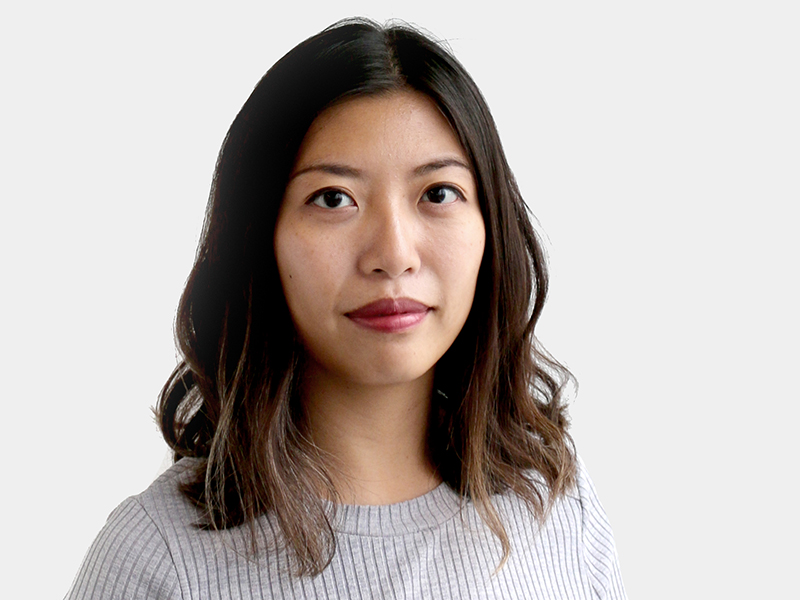Stephanie Chan

Stephanie Chan, ‘14, is a Product Manager at The Globe and Mail (external link) .
What did you originally see yourself doing when you first enrolled in journalism school?
When I first enrolled, I knew I wanted to be the editor of a section at a newspaper, but I wasn’t set on any one section. Then in the first month of undergrad, one of our professors told the class about the Seymour Schulich Award for Financial Journalism. It was a very high-value scholarship. It made me think that I should look into financial journalism and see whether it was for me. The more I looked into it, the more I saw that I could build a niche for myself in an area that a lot of my peers were shying away from. And the deeper you dive, the more you realize that almost everything in the world is an economic story.
What are some memorable moments you’ve had since graduating, and how did you arrive at your current position?
I’ve done a lot of different roles at The Globe. I started as an academic intern in Report on Business in my fourth year. I pitched and wrote a news feature that ended up on the front page in print, and that helped me get into the summer staff program the next year. Around that time, The Globe started expanding its commercial content business, and they were looking for a full-time editor.
In that role, I worked on both sponsored and editorial projects. One of the things I loved about the role was the range of my duties. I got to experiment with new formats, learn how to code, manage freelancers, do some public speaking, run workshops and even grow the podcast business at The Globe. One of the last podcasts I produced went on to win gold at the Canadian SABEW (association of business writers) awards. More importantly, I learned so much more about how the news business worked by getting exposure to the revenue side. I gained skills that I could see myself using not just in a media company, but in any company.
But I still remembered that my original goal was to be a section editor, so when the opportunity to become the editor of not one but two sections came up, I took it. Creating careers content was something I was familiar with during my time in ROB, but becoming the automotive editor was a steep learning curve. I struggled with imposter syndrome until I realized that my biggest strength was in my cluelessness – I could work with columnists when they started getting too insider baseball.
Finally, I started getting interested in product management because I remembered how much I enjoyed the product work I got to do while helping to establish podcasts. I feel like this role is the culmination of all my previous roles because everything I’ve learned with different teams now helps me to create new features on the site and understand the biggest areas of need. I’ve had a lot of fun getting more technical and taking a step back from everyday news creation.
How was it seeing the backend of newsrooms after working as an editor and writer? Did it change your perspective in any way about the news industry?
It’s easy to find yourself in a bubble within your department. Now I have a lot more empathy and clarity around the challenges my colleagues face across the organization. I think news organizations would benefit from more journalists walking for a day in ad sales’ or developers’ shoes – and vice versa. I think they’d quickly realize how many of the problems they have with other departments are actually communication issues.
You also get used to working at a certain pace in the newsroom because news progresses quickly. You take for granted how quickly things can get done in a newsroom because everything from the organizational structure to the workflow is optimized throughout. That’s not always the case elsewhere.
What’s one of your favourite memories from J-School?
In my second-year class on feature writing, I ended up writing about the old Kodak building in Mount Dennis and the history of Kodak in Toronto. The feature was a larger piece about urban exploration and how abandoned places were used. The Kodak building has since been incorporated into the new Eglinton LRT, but then it was abandoned and heavily vandalized. I did a lot of trespassing and justified it in the name of “journalism.”
Grads at Work is a series of profiles of alums. If you know of a notable grad you’d like to see featured, send us an email at office.journalism@torontomu.ca.